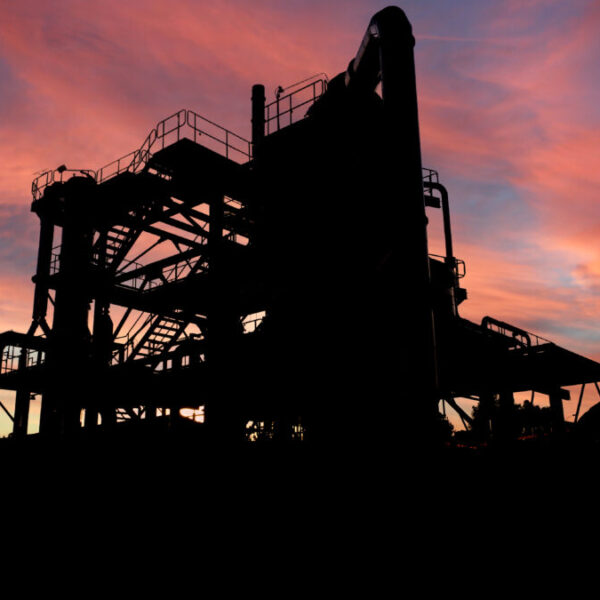Nickel is becoming increasingly valuable. An essential ore for various industries, its global demand is significantly increasing in the context of energy transitions. At the historic Skouriotissa mine, Hellenic Minerals has opened a low-energy nickel production plant, producing a very pure material, thanks to hydrometallurgy. Thus following the recommendations of the European Union for a greener Europe.
Hydrometallurgy is a metal extraction technique that involves a step where the metal is dissolved to allow for its purification. With decades of experience and expertise in the field thanks to its copper deposits, Cyprus offers an ideal ground for the dynamic energy market, producing a crucial material for the upcoming green transition. Continuing the tradition of the domestic metallurgical sector, Hellenic Minerals uses the hydrometallurgy process to treat laterite and produce extremely pure nickel crystals. These are used in the production of high-energy density batteries for electric vehicles and high-voltage batteries that store energy from green sources produced by wind turbines or solar panels.

At the forefront of the green transition
According to the company, hydrometallurgy requires much smaller amounts of energy compared to the traditional nickel processing. After being solubilized, the ore will go through various processing stages until the final step of the production process, the crystallization that results in nickel (NiSO4-6H2O), a specialized high-value product and an essential raw material. As stated by the CEO of Hellenic Minerals, Nikolaos Dimopoulos, at 22 Med "we have implemented a high-tech project with respect to environmental protection. Our main achievement is the creation of an innovative product, marking the revival of a historic industrial activity of our island."
Today, the Skouriotissa mine is striving to use existing infrastructure. These are enriched with new, innovative industrial equipment, complying with the latest European standards, such as the crystallizer, one of only two in the European Union capable of producing high-quality crystals. All nickel production is destined for foreign industries in many countries. The company has already created 65 new jobs benefiting young Cypriot scientists and technicians. The company also contributes to the revitalization of the region. Indeed, the majority of employees come from the surrounding areas; this helps to reduce unemployment and keep residents in their place of origin.
Regarding the export activities for the year 2023, the global events that have affected the prices of metals and even led to the shutdown of industry giants do not allow for reliable conclusions to be drawn. The Mining Authority of the Republic of Cyprus provides the figure of 1,179 tons of nickel exported for 2021-2022.
An Environmentally Friendly Industry
In 2019, the company started the construction of a production unit with a capacity of 45,000 tons of nickel sulfates. In 2021, the industrial production of mixed nickel-cobalt hydroxide (MHP) and high-purity nickel sulfate was launched. According to Hellenic Minerals, the technology used avoids the generation of residual gases produced by furnaces or other processes. The only downside is that the laterite (nickel ore) is imported from Ivory Coast, as Cyprus does not produce it.
At the same time, a comprehensive reforestation program is being implemented in the region, which has been polluted by past mining operations. This program is based on the gradual restoration of the landscape through appropriate landscaping and tree planting on the sites. Hellenic Minerals ensures, "Environmental protection is an absolute priority, regardless of the cost and effort."
The history of the mine is inextricably linked to the history of Cyprus. Located in the Troodos Geopark - officially included in the UNESCO Global Geoparks Network, Skouriotissa is one of the oldest mines in the world. Today, great importance is still given to its promotion as a monument of mining and industrial archaeological heritage. Hundreds of visitors from around the world come to visit the site every year, allowing industrial and touristic projects to coexist in a restored environment.

